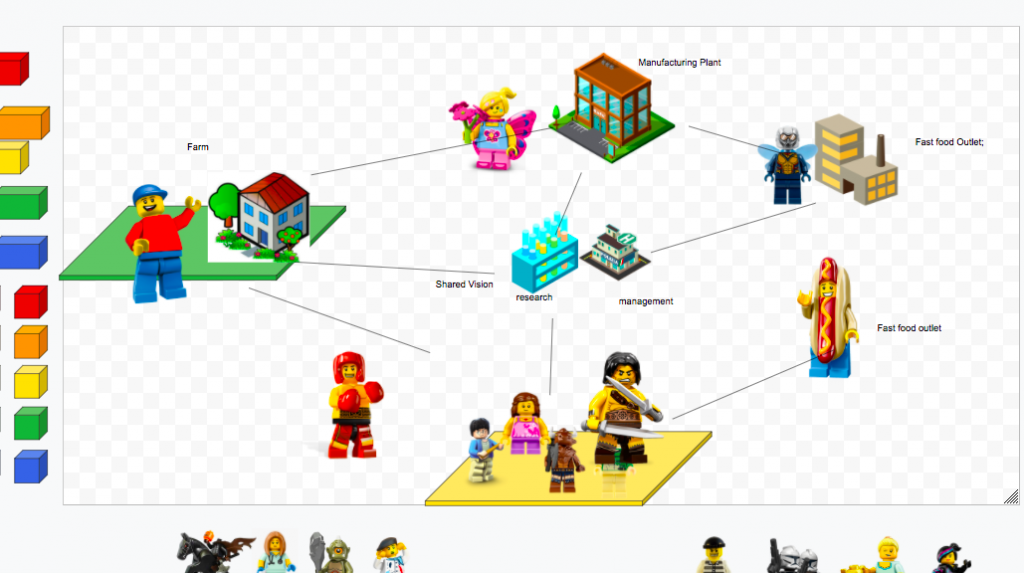
For several years we have been delivering collaboration training workshops in partnership with Tony Peacock and the CRC Association. Over this time we have refined the curriculum, balancing applied training in Collabforge’s published collaboration methodology, with Tony’s vast insights into the CRC bidding process and program. The result has been a workshop that consistently yields strong positive results and participant feedback.
Since Covid, we have redesigned this workshop for online delivery and recently ran our first session. It was a great experience with strong positive feedback from participants. But getting there was far more involved than I expected. Aside from the many technical details needed to ensure a smooth online experience, designing and facilitating highly interactive cocreation activities to be delivered via Zoom also brought many challenges.
Given many of you are also likely to be working through these considerations, I thought I’d share a few reflections:
- Collaboration Tech – We needed a range of digital tools beyond Zoom, to support cocreation. While Zoom has generally done a good job with core features, none of its features support Collabforge’s requirements for cocreation: “A group with add, edit, delete rights to a shared pool of content”. This meant that we had to incorporate a range of other tools, namely, Google Docs, Google Draw and Google Slides. We chose these not only because they supported genuine cocreation, but because we also wanted to provide training with a toolkit that any team could use for genuine collaboration.
- Breaking Into Breakouts – It was harder to support group activities in breakout groups without interrupting them (in Zoom they are invisible unless you actually drop in to their group), but, we had much more visibility on their cocreation activities as they were happening via the other online tools they used (for example, we could watch a group’s Google Doc evolve in real time to know if the group needed help or if they were progressing well).
- Help Desk – We provided an actual tech help phone line (a mobile number for one of our co-facilitators) that participants could call at any time. This was used more than once, and kept things running smoothly when participants ran into problems with their tech set up.
- Same Same Yet Different – All the same patterns we normally encounter in a f2f workshop were there (awkwardness on outset, desire to network, need to step away for breaks, tendency for certain personality types to contribute too much or too little, etc). So it was helpful to reflect on this, as this provided a useful prompt: “how might we address this common dynamic for virtual participation?”
I’m now feeling like online collaborative workshops have the potential to be even more productive than offline workshops (and certainly save a lot of travel!). But getting a strong outcome doesn’t feel possible without a good deal of preparation and expertise. But then, f2f workshops also require plenty of preparation and expertise! So please get in touch if you have ideas or need for a workshop, but are feeling like online delivery is a bit of a barrier.

Comments are closed.